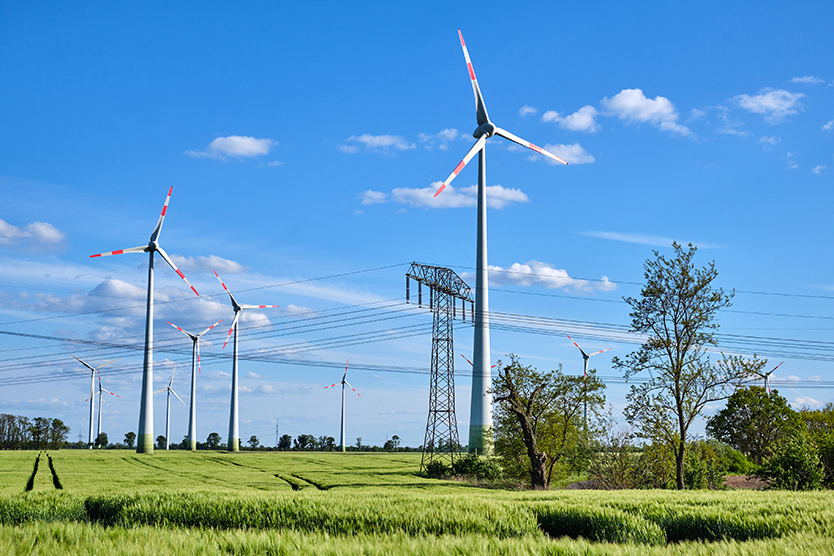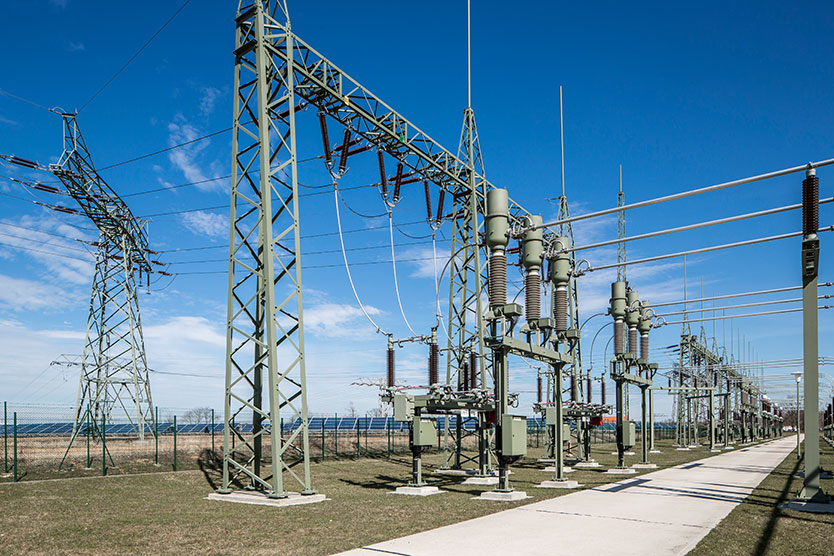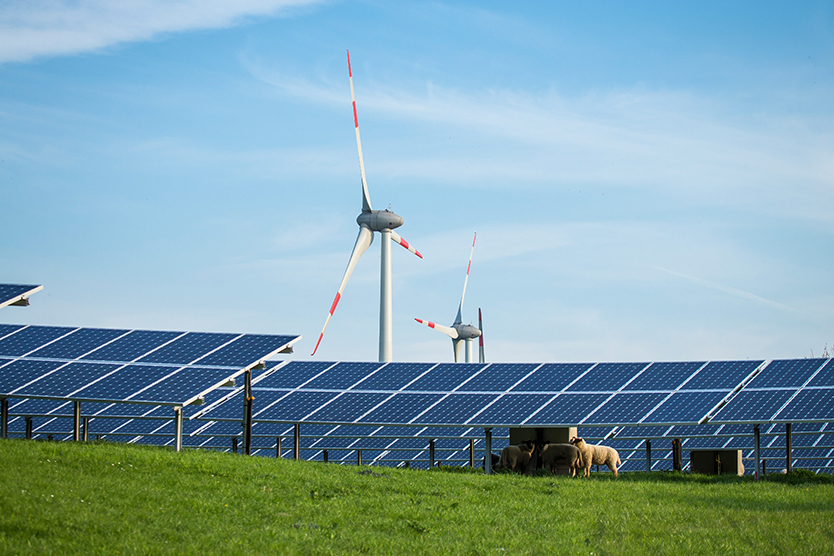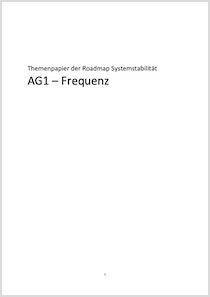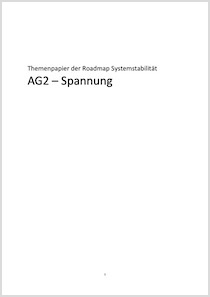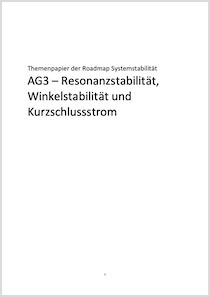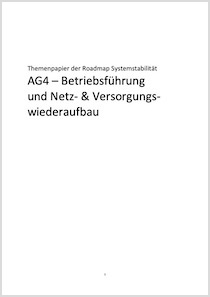Germany is in the midst of implementing the energy transition; by 2030, at least 80% of our electricity consumption is to be covered from renewable energy – primarily from wind and solar power. Germany’s electricity system has to be largely climate neutral by around 2035 so that all remaining sectors can be climate neutral by 2045 – this is shown by scenarios from the International Energy Agency. This conversion will fundamentally change the supply of electricity in Germany. In future, there will be more and more hours in which 100% of electricity demand is covered by renewable energy.
This change in the generation structure also affects the operation of the system. Unlike conventional power stations, renewable energy installations tend to be connected to the distribution grid via inverters. This results in different requirements, but also new ways to ensure secure and robust grid operation.
Ancillary services, such as the regulation of the frequency and the voltage level of alternating current, play a key role in ensuring a secure operation of the electricity grid and maintaining system stability. For example, the synchronous generators of conventional power stations also provide an inertial reserve in addition to the generated power, and this has a stabilising effect on frequency changes in the electricity system. This means that in future, as conventional power stations come off the grid, their stabilising characteristics must be delivered in an alternative way. Renewable electricity generation installations and other installations, such as storage facilities and charging devices for electric mobility or installations of the grid operators will have to be developed further for this so that they can take over these tasks.
In general, this systemic change will entail fresh challenges for grid operators and market participants, and a need for further development for grid operation concepts and technical specifications of installations.
Against this background, the 2021 coalition agreement stipulated the drafting of a System Stability Roadmap, with this work to be led by the Federal Minister for Economic Affairs and Climate Action.
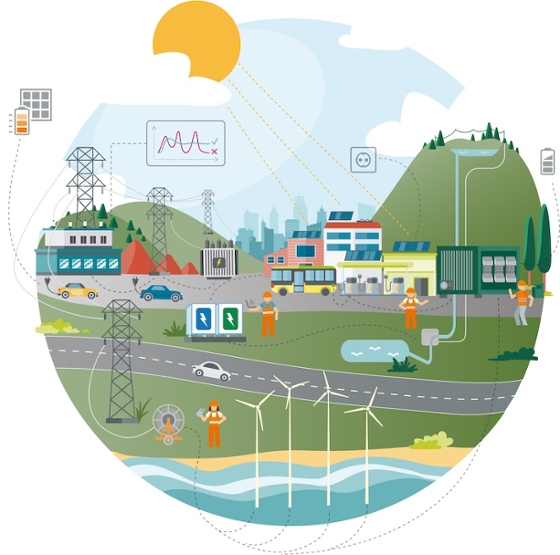
© BMWK
